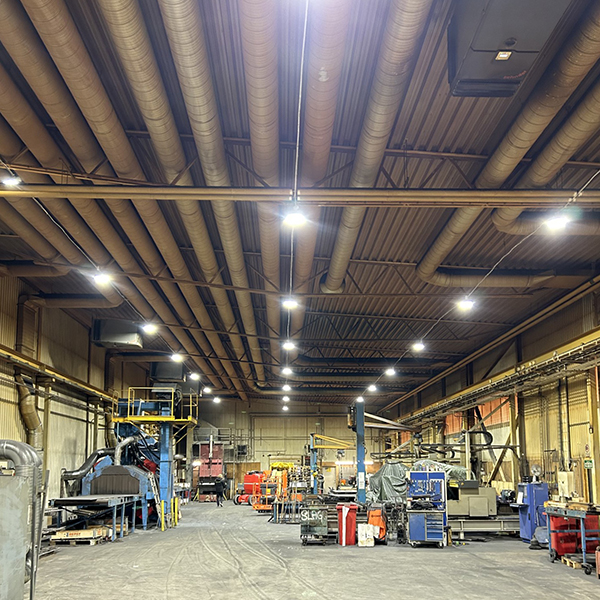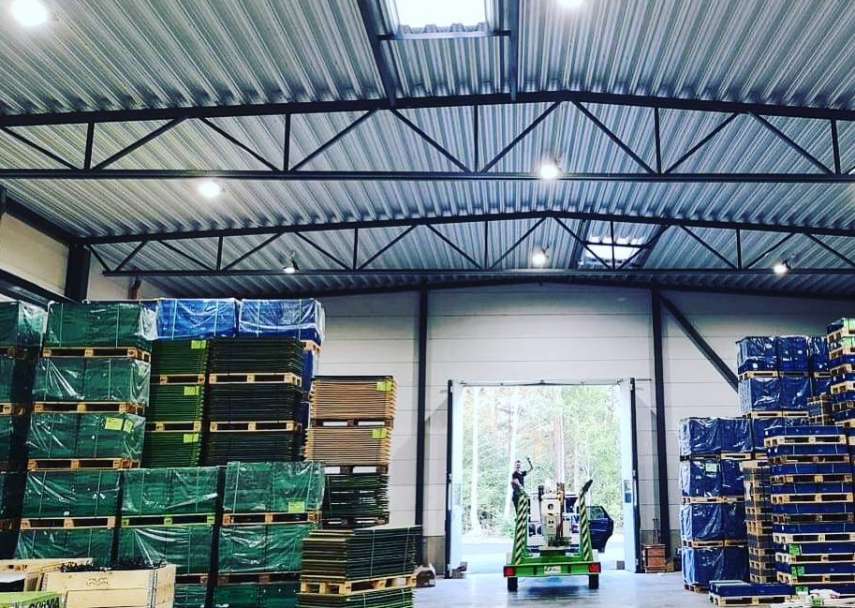How Industrial Lighting Impacts Workplace Safety
How Industrial Lighting Impacts Workplace Safety
Blog Article
In the current Industrial lighting (Industribelysning), performance, durability, and cost-effectiveness are important parts for success. Among the different technologies which are revolutionizing industrial procedures, LED (Light Emitting Diode) technology stands apart as a game changer in industrial lighting. Over the past decade, LED light is just about the chosen choice for businesses seeking to boost energy effectiveness, reduce working costs, and improve office safety. In this short article, we investigate the important role that LED technology plays in shaping the continuing future of commercial lighting.

Energy Performance: Lowering Operational Fees
One of the very significant benefits of LED engineering in commercial illumination is its energy efficiency. Unlike traditional light options, such as for instance incandescent or fluorescent lights, LEDs consume much less energy while giving exactly the same (or actually superior) level of brightness. Studies show that LED lights can reduce energy use by as much as 75%, translating in to considerable savings for industrial services around time. These cost savings can be reinvested in different important areas of the company, more boosting working efficiency.
Durability and Longevity
LED lighting is noted for its long lifetime, with many LED lights sustained around 50,000 hours, in comparison to only 1,000 hours for incandescent bulbs. That durability reduces the need for regular alternatives, reducing maintenance fees and downtime in professional settings. Moreover, LED lights tend to be more durable, capable of withstanding tough conditions such as severe temperatures, vibrations, and shocks. This makes them ideal for challenging professional conditions like warehouses, factories, and manufacturing plants.
Increased Brightness and Presence
In professional settings, appropriate light is a must for employee safety and productivity. LED lights present remarkable lighting and better light distribution, ensuring that work places are lighted uniformly. It will help reduce the danger of accidents, specially in places where precision and attention to detail are required. The improved visibility also plays a role in improved employee effectiveness, as projects can be done more effectively and with fewer mistakes.
Environmental Impact and Sustainability
As environmental problems carry on to increase, companies are increasingly embracing sustainable solutions. LED light is a more eco-friendly selection in comparison to conventional light technologies. LEDs do not include dangerous products like mercury, which will be commonly present in fluorescent bulbs. Additionally, they are 100% recyclable, lowering the amount of waste produced by industrial facilities. By making the change to LED technology, firms may lower their carbon footprint and subscribe to a greener future.

Realization
The usage of LED technology in professional light presents numerous advantages that increase the detailed efficiency and sustainability of businesses. From its energy-saving abilities to its durability and remarkable lighting quality, LED engineering is transforming professional lighting and allowing businesses to remain competitive in a ever-evolving market. As industries continue to prioritize energy effectiveness and cost-effective solutions, LED technology can undoubtedly perform an important role in shaping the ongoing future of professional lighting. Report this page